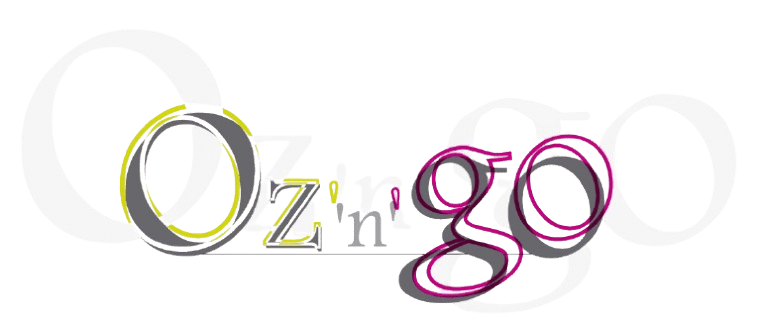Oz'n'gO fait peau neuve, getting a bold new look
Le site est momentanément en maintenance. Pas de poudre aux yeux, juste du concret avec un nouveau design, une meilleure expérience… et toujours plus d’audace pour renforcer la résilience. 🥰
Besoin de nous contacter pendant ce temps ? contact@ozngo.com
👉🏻 Suivez notre page LinkedIn.
À très vite,
L’équipe Oz’n’gO
The website is temporarily under maintenance. No smoke and mirrors — just real work with a new design, better navigation, and more boldness to build strategic resilience. 🥰
Need to reach out in the meantime? contact@ozngo.com
👉🏻 Follow us on LinkedIn.
See you very soon,
The Oz’n’gO Team

